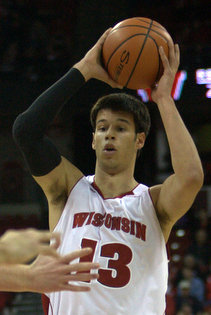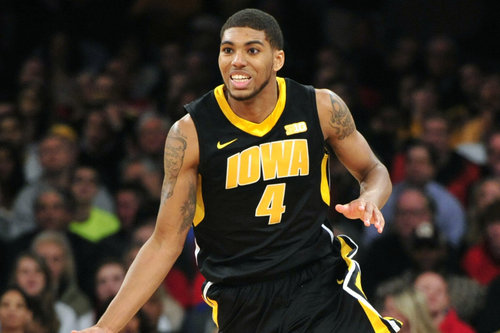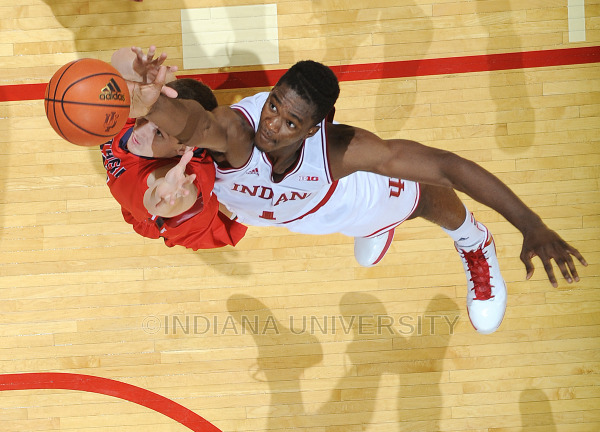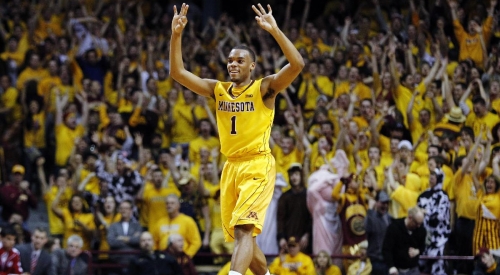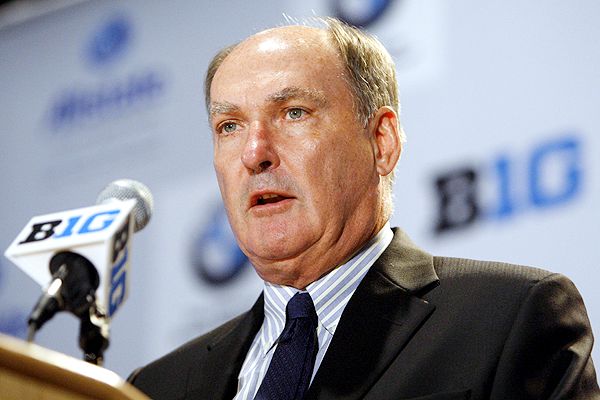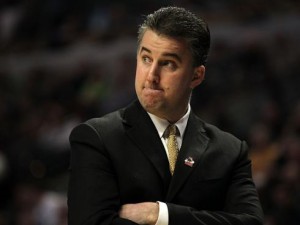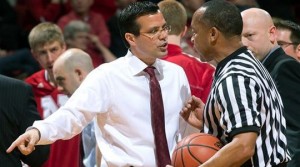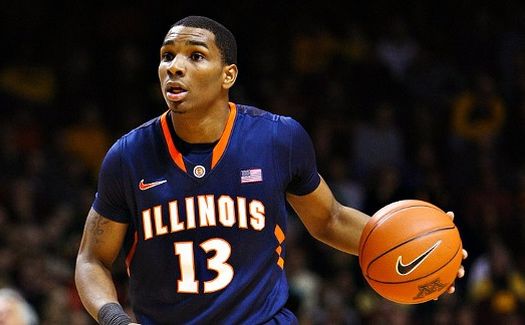Posted by Alex Moscoso (@AlexPMoscoso) on October 29th, 2013
It’s that time of the year when fans get their usual dose of preseason predictions. One of the usual mechanisms in this onslaught is the “Coaches on the Hot Seat” list where writers identify those coaches whose job status relies on the success of their upcoming season. Each preseason in the Big Ten, previously successful coaches routinely find themselves on this list and almost never escape it. The conference is widely considered to have the best head coaches of any league which makes wins tough to come by. This competition leads to very good coaches experiencing disappointing seasons, finding themselves on the hot seat, and then eventually being fired. Last year, it was Tubby Smith at Minnesota who found himself without a job in April. A national championship-winning coach at Kentucky, Smith led the Golden Gophers to their first NCAA Tournament win in 16 years (and, actually, longer since the NCAA vacated the 1996-97 season after charging Minnesota with academic fraud). The year before that, it was Bruce Weber at Illinois standing in the unemployment line. A former National Coach of the Year and NCAA Tournament runner-up, Weber won 100 more games than he lost over a nine-year stint. And there are others. All this goes to show that in this league, being a talented head coach might get you in the door, but it won’t save you from the hot seat.
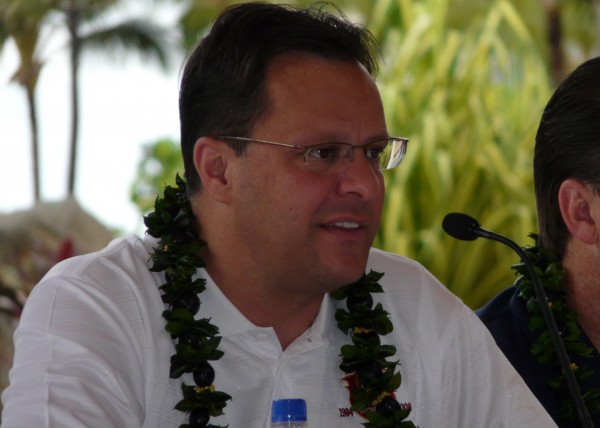
Relax, Coach Crean. You may have lost two NBA lottery picks. But you’re not going anywhere.
This year is a little different. Barring any unforeseen scandals, there seems to be no Big Ten coaches who are in immediate danger of losing their jobs. So here at the RTC Big Ten microsite, we have instead decided to look at the coaches around the league and examine their current situations: Why are they not in danger of having to endure a sad and uncomfortable final press conference at the end of the year? In the interest of brevity, we will not review the likes of Tom Izzo, John Beilein, Thad Matta or Bo Ryan. Their current situations can be summed up in these words: They are awesome at coaching college basketball and aren’t going anywhere anytime soon. For the rest of the Big Ten’s eight coaches, things are a little more nuanced. Here’s why:
John Groce (Illinois): I listed in a previous post Groce’s accomplishments from last year. Those include a trip to the round of 32 of the NCAA Tournament from a roster that had all but given up the year before. But more importantly, Groce has secured quite a bit of outstanding talent for the future of his program. A bevy of promising transfers and recruits are set to join the Illini this year and next. His program is in a position to start challenging for Big Ten titles as early as 2014-15, and if Groce can land a commitment from Top 10 recruit Cliff Alexander next month, Illini fans can start dreaming even bigger. He’s in good shape.
Read the rest of this entry »
| big ten, microsites
| Tagged: aaron white, bo ryan, bruce weber, Cliff Alexander, cody zeller, fran mccafferey, john beilein, john groce, kelvin sampson, roy devyn marble, steve alford, thad matta, tom crean, tom izzo, tubby smith, victor oladipo
Share this story





























